This WebQuest material was prepared for Performance Activity on Technology for Teaching and Learning by Prof. Anabel Sta Cruz-Sollano of CSTC Sariaya, Quezon.
Prepared by Glenn M. Valencia -BTVTED2-FSM.
Cookery is an art and science of preparing food for consumption by using heat. Cookery is an age-old practice. The practice origins of cooking are unknown, but, at some point in the distant past, early humans conquered fire and started using it to prepare food. Cooking is generally understood to be the transfer of heat into food into food items to render these more palatable, easier digestible and overall speaking to improve their bacteriological and tasteful aspects in many ways, we may cook our food by heat transfer, boiling, stewing or poaching.
Any cook should be familiar with the correct utensils, devices and equipment in the kitchen. It is important to consider several things and not only the price when buying them. The job of cooking requires specific tools, utensils and equipment for proper and efficient preparation of foods. Each piece has been designed to accomplish a specific job in the kitchen. The tools, utensils and equipment are made of different materials, each having certain advantages and disadvantages. The following lists are materials of kitchen utensils and equipment commonly found in the kitchen.
Study the pictures below and tell something what can you say about the pictures.
|
|
|
Work with the whole class through this link https://jamboard.google.com/d/1zX2Fh1e96p5vVbzmqbFposmqdjP-EXaMS9sF8x4outQ/viewer?f=0
At the end of the lesson, the students are expected to:
1. Identify the materials of kitchen utensils and equipment
2. Value the uses and importance of the kitchen utensils and equipment and
3. Demonstrate the proper use of kitchen utensils and equipment.
To attain this objective, you need to familiarize yourself with the kitchen utensils and equipment. In addition, you should also going to present and discuss to the class the proper sanitizing and proper storage of it. You can do this activity on your own or with a partner.
Aluminum is the best for all-around use. It is the most popular, lightweight, attractive and less expensive. It requires care to keep it shiny and clean. Much more, it gives even heat distribution no matter what heat temperature you have. It is available in sheet or cast
aluminum. Since it is a soft metal, the lighter gauges will dent and scratch easily, making the utensil unusable. Aluminum turns dark when used with alkalis, such as potatoes, beets, carrots and other vegetables. Acid vegetables like tomatoes will brighten it.
Stainless Steel is the most popular material used for tools and equipment, but is more expensive. It is easier to clean and shine and will not wear out as soon as aluminum. Choose those with copper, aluminum or laminated steel bottoms to spread heat and keep
the pot from getting heat dark spots. Stainless steel utensils maybe bought in many gauges, from light to heavy.
Glass is good for baking but not practical on top or surface cooking. Great care is needed to make sure for long shelf life.
Cast Iron is sturdy but must be kept seasoned to avoid rust. Salad oil with no salt or shortening can be rub inside and out and dry. Wash with soap (not detergent) before using.
Ceramic and heat-proof glass is used especially for baking dishes, casseroles, and measuring cups. Glass and ceramic conduct the heat slowly and evenly. Many of these baking dishes are decorated and can go from stove or oven to the dining table.
Teflon is a special coating applied to the inside of some aluminum or steel pots and pans. It helps food from not sticking to the pan. It is easier to wash and clean, however, take care not to scratch the Teflon coating with sharp instrument such as knife or fork. Use wooden or plastic spatula to turn or mix food inside.
Plastic and Hard Rubber are used for cutting and chopping boards, table tops, bowls, trays, garbage pails and canisters. They are much less dulling to knives than metal and more sanitary than wood. Plastics are greatly durable and cheap but may not last long.
A baster is handy for returning some of the meat or poultry juices from the pan, back to the food. Basting brushes can be used for the same purpose, but they are also convenient for buttering the tops of breads and baked goods after they come out of the oven.
Cans, bottles, cartoons opener use to open a food tin, preferably with a smooth operation, and comfortable grip and turning kno
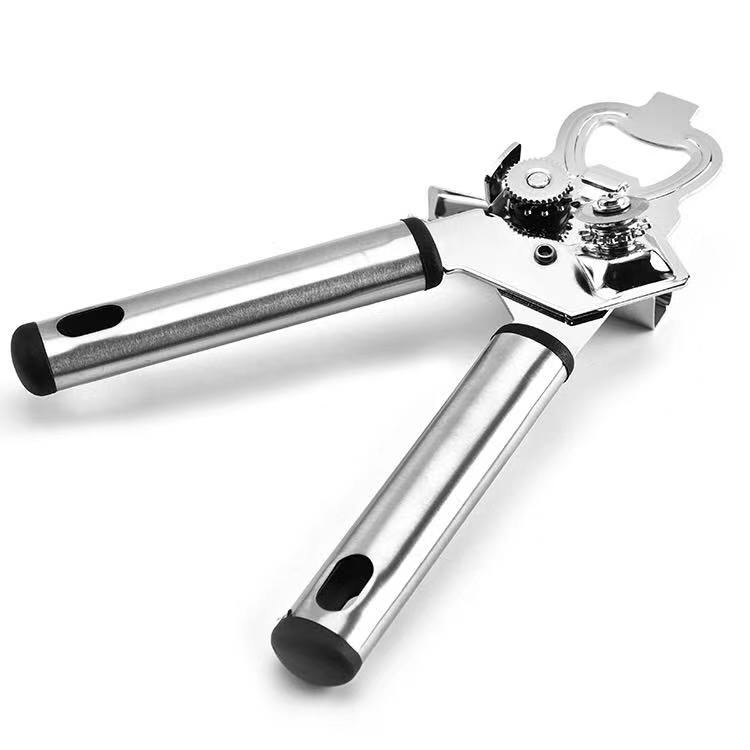
Colanders also called a vegetable strainer are essential for various tasks from cleaning vegetables to straining pasta or tin contents.
Cutting Boards a wooden or plastic board where meats and vegetables can be cut.
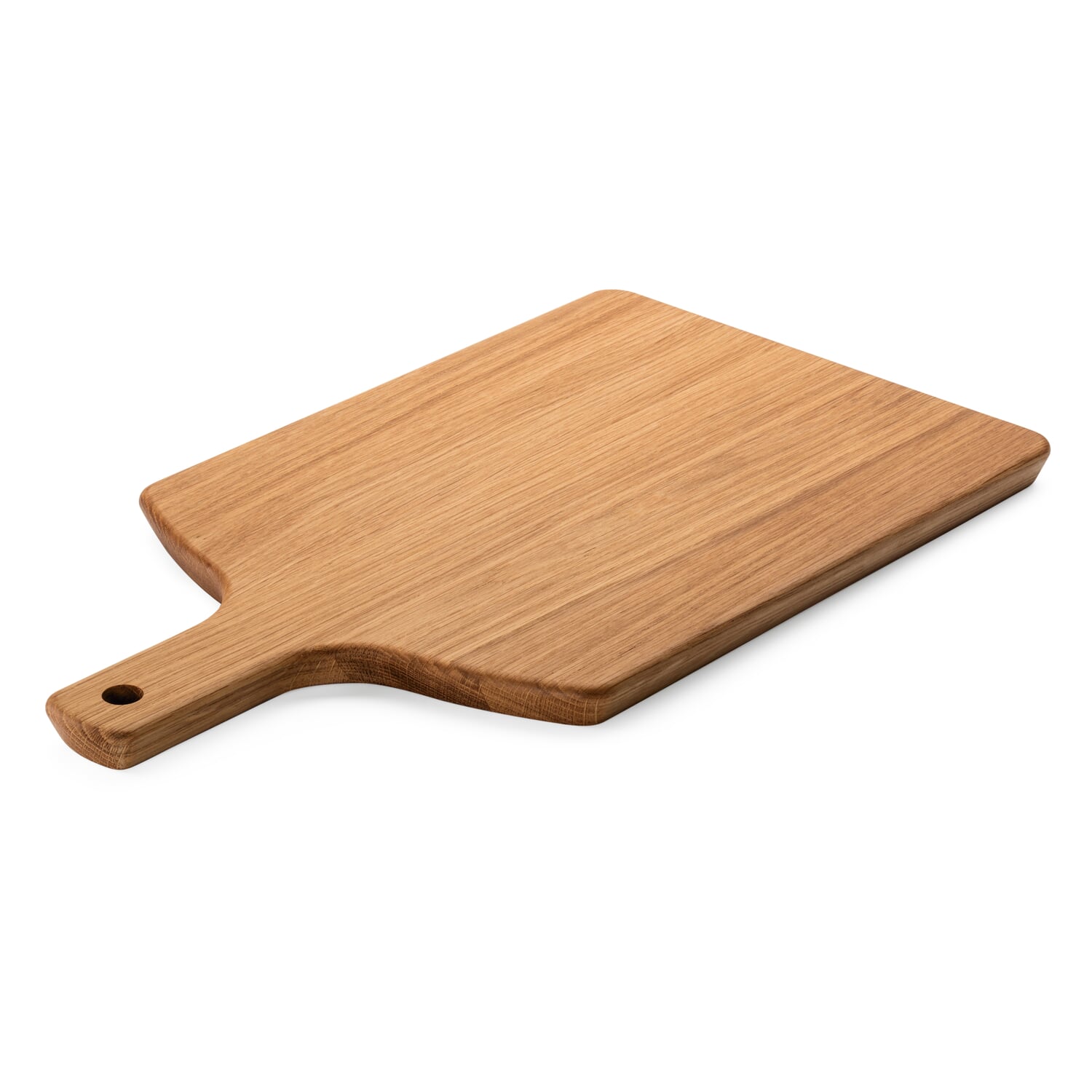
Dredgers– used to shake flour, salt, and pepper on meat, poultry, and fish.
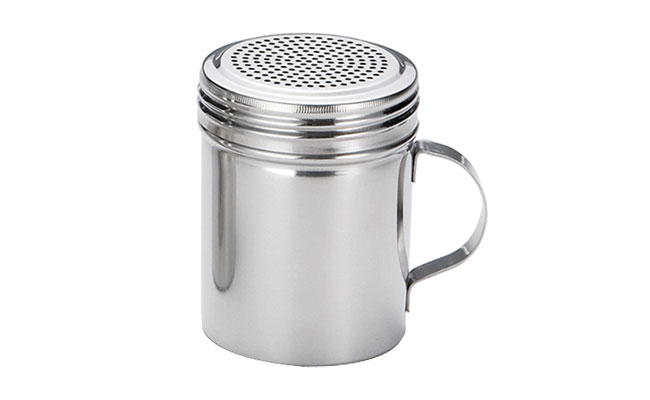
Double boiler– used when temperatures must be kept below boiling, such as for egg sauces, puddings, and to keep foods warm without overcooking.

Emery boards/sharpening steel – used to sharpen long knives.

Flipper use for turning hamburgers and other food items.

Funnels – used to fill jars, made of various sizes of stainless steel, aluminum, or of plastic.
Garlic Press is a kitchen tool which is specifically designed for the purpose of pulping garlic for cooking.
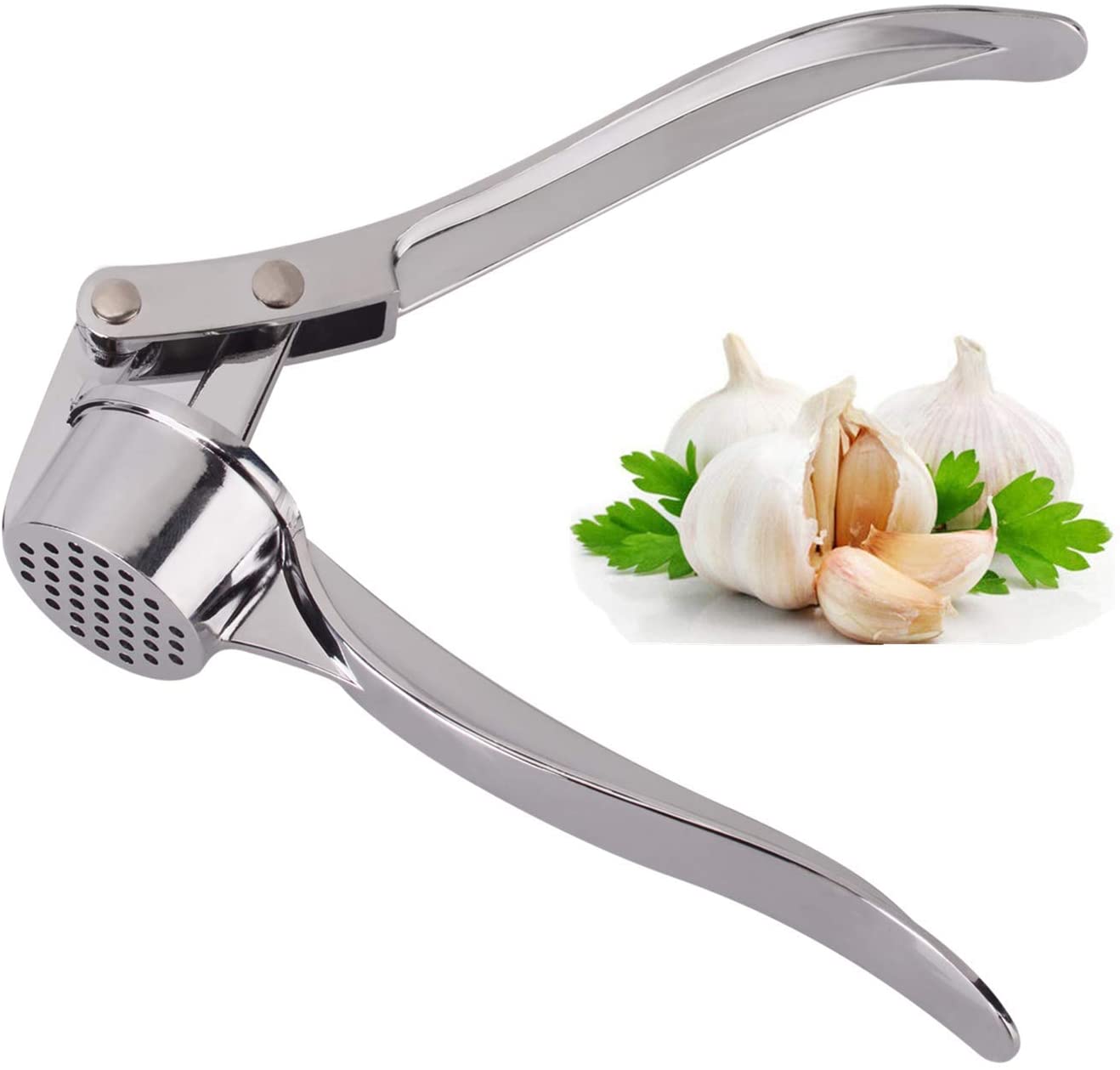
Graters used to grate, shred, slice and separate foods such as carrots, cabbage and cheese.
Handy Poultry & Roasting Tools make it easier to lift a hot roasted turkey from the roaster to the serving platter, without it falling apart.
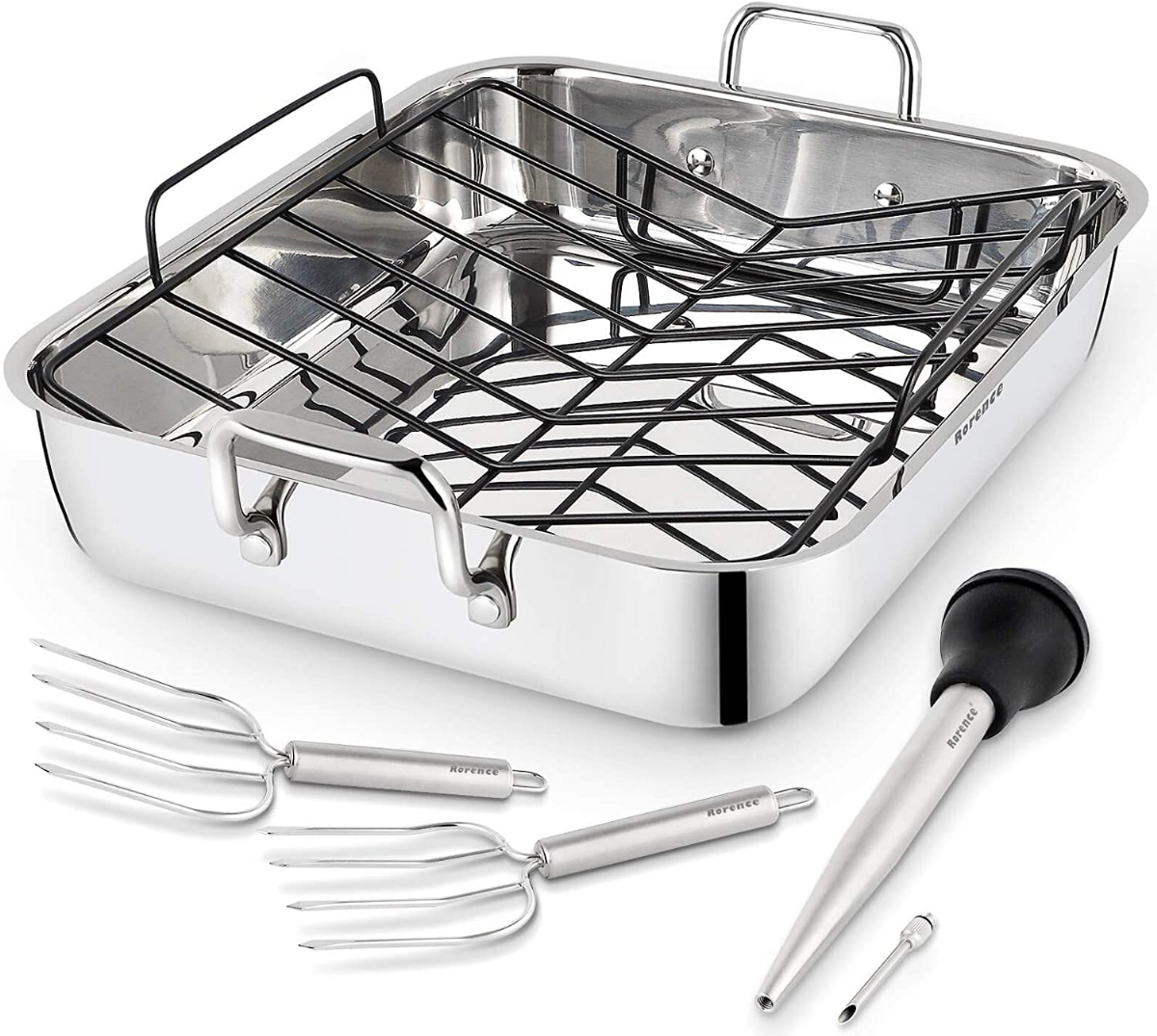
Kitchen Knives often referred to as cook's or chef's tools, knives are a must for all types of kitchen tasks, from peeling an onion and slicing carrots, to carving a roast or turkey.
There are many kinds of knives, each with a specialized use:

Kitchen Shears- they are practical for opening food packages, cutting tape or string to package foods or simply to remove labels or tags from items. Other cutting tools such as box cutters are just as handy, especially for opening packages.
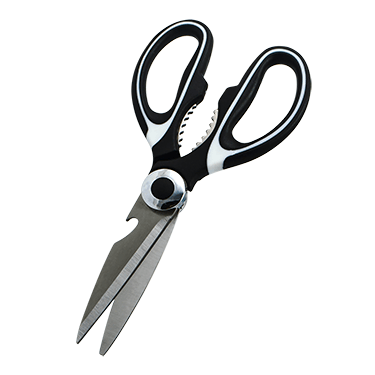
Measuring Cups, Spoons Measuring tools are among the most important items found in any kitchen, since consistently good cooking depends upon accurate measurements. Measuring tools should be standardized. Measuring cups and spoons are also in the home kitchen. Scales are used to weigh materials of bigger volumes. These are delicate and precision instruments that must be handled carefully and are more dependable in terms of accuracy.
Commonly used measuring tools in the home or in commercial kitchens include the following:
Pasta Spoon or Server is use to transfer a little or much cooked pasta to a waiting plate, without mess. Pasta spoons are best used with spaghetti-style or other long pasta noodles; you can use a large slotted serving spoon for short pastas.

Potato Masher used for mashing cooked potatoes, turnips, carrots or other soft cooked vegetables.

Rotary eggbeater – used for beating small amount of eggs or batter. The beaters should be made up of stainless steel, and gear driven for ease in rotating.
Scraper- a rubber or silicone tools to blend or scrape the food from the bowl; metal, silicone or plastic egg turners or flippers.
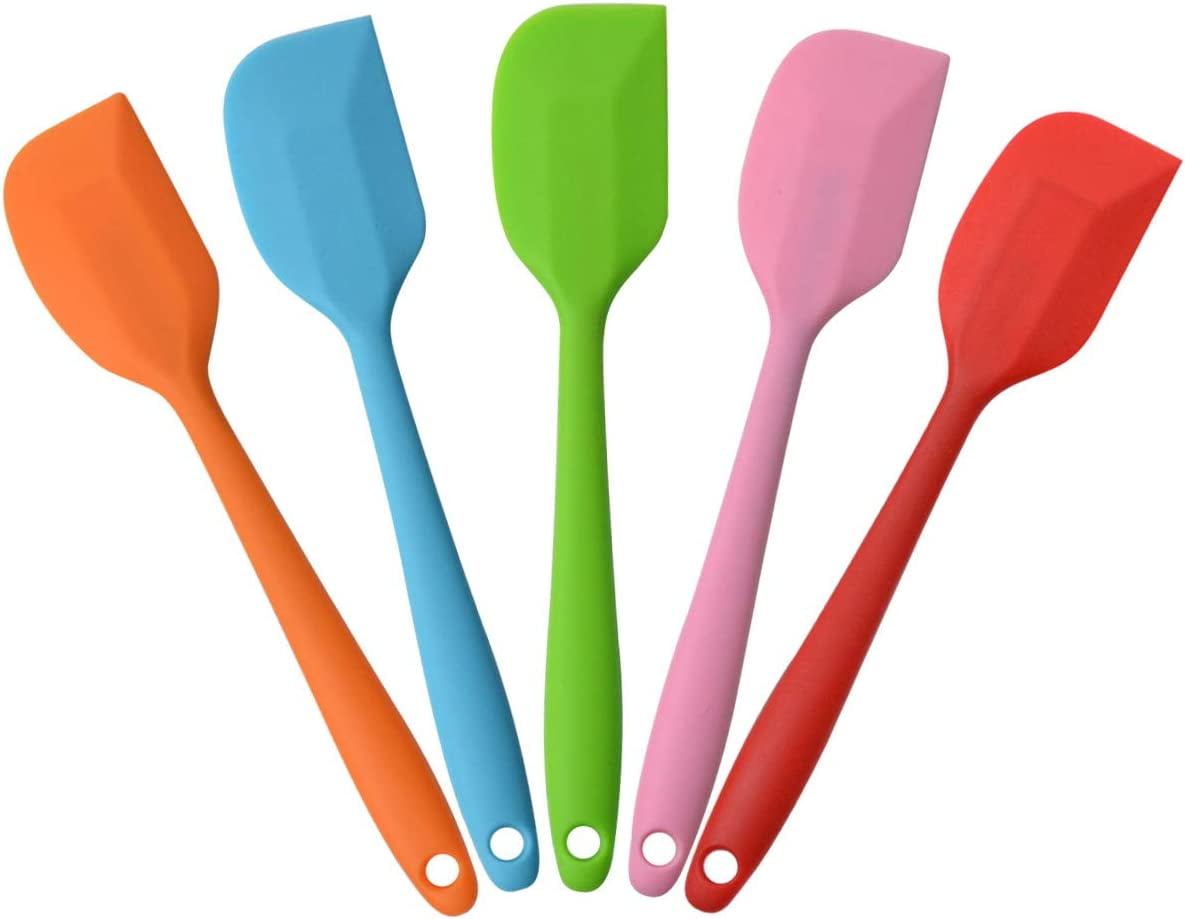
Seafood Serving Tools make the task of cleaning seafood and removing the shell much easier. For cooking seafood, utensils will vary depending on what you are cooking.

Serving spoons- a utensil consisting of a small, shallow bowl on a handle, used in preparing, serving, or eating food.

Serving Tongs enables you to more easily grab and transfer larger food items, poultry or meat portions to a serving platter, to a hot skillet or deep fryer, or to a plate. It gives you a better grip and the longer the tongs, the better especially when used with a deep fryer, a large stock pot or at the barbecue.
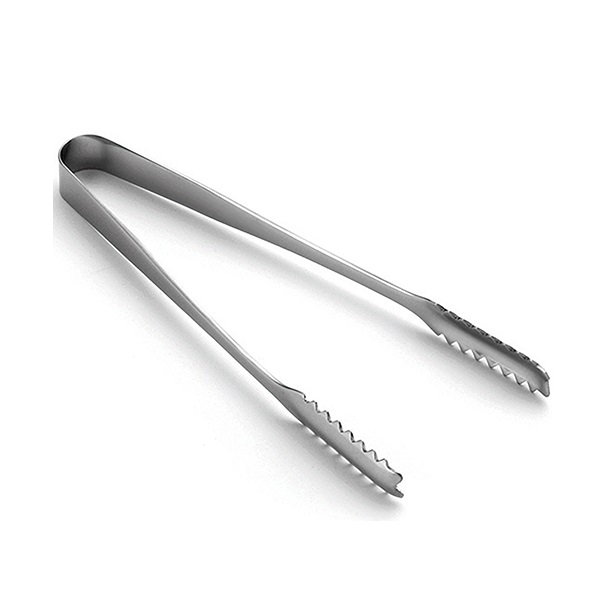
Soup Ladle is used for serving soup or stews, but can also be used for gravy, dessert sauces or other foods. A soup ladle also works well to remove or skim off fat from soups and stews.

Wooden spoons continue to be kitchen essentials because of their usefulness for used for creaming, stirring, and mixing. They should be made of hard wood.

Spoons – solid, slotted, or perforated. Made of stainless steel or plastic, the solid ones are used to spoon liquids over foods and to lift foods, including the liquid out of the pot.

Temperature Scales - used to measure heat intensity. Different thermometers are used for different purposes in food preparation – for meat, candy or deep-fat frying. Other small thermometers are hanged or stand in ovens or refrigerators to check the accuracy of the
equipment’s thermostat.

Vegetable peeler- used to scrape vegetables, such as carrots and potatoes and to peel fruits. The best ones are made of stainless steel with sharp double blade that swivels.
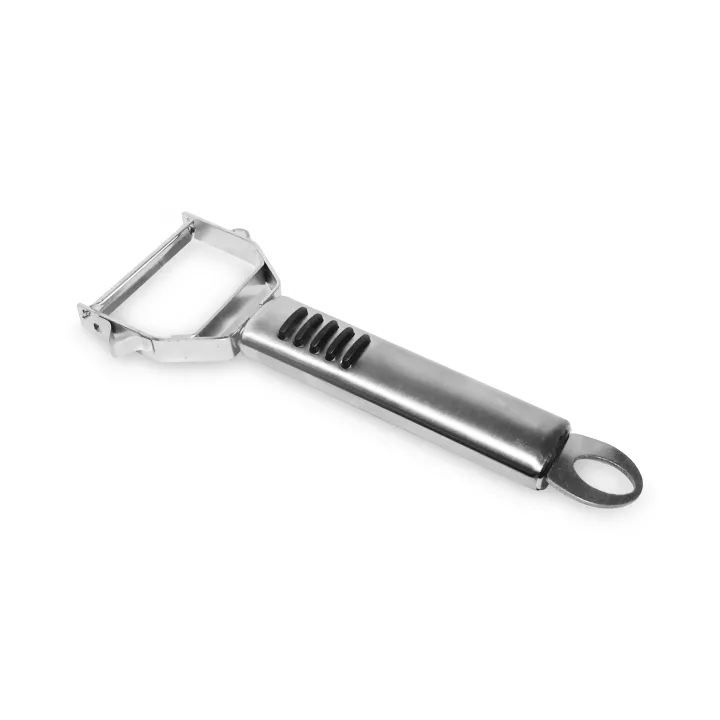
Whisks for Blending, Mixing used for whipping eggs or batter, and for blending gravies, sauces, and soups. The beaters are made of looped steel piano wires which are twisted together to form the handle.
![AIVEE] Stainless Steel Egg Beater Hand Whisk Mixer Balloon Wire Whisk for Blending Whisking Beating Stirring Kitchen Tools | Lazada PH](https://lzd-img-global.slatic.net/g/p/42408115f0c71003327096fd3cef0604.jpg_720x720q80.jpg_.webp)
More complicated tools are called equipment. They may refer to a small electrical appliance, such as a mixer, or a large, expensive, power-operated appliance such a range or a refrigerator. Equipment like range, ovens, refrigerators (conventional, convection and microwave) are mandatory pieces in the kitchen or in any food establishment.
Refrigerators/Freezers- are necessary in preventing bacterial infections from foods. Most refrigerators have special compartment for meat, fruits and vegetables to keep the moisture content of each type of food. Butter compartment holds butter separately to prevent food odors from spoiling its flavor. Basically, refrigerator or freezer is an insulated box, equipped with refrigeration unit and a control to maintain the proper inside temperature for food storage.
Auxiliary equipment like griddles, tilting skillets, broilers/grills, steamers, coffee makers, deep-fat fryers, wok, crockery, cutting equipment (meat slicer, food choppers, grinders) mixers and bowls, pots and pans are utilized most commonly in big food establishments, some with specialized uses and some are optional.
Microwave Ovens have greatly increased their use in the food industry. Foods can be prepared ahead of time, frozen or refrigerated during the slack periods, and cooked or heated quickly in microwave ovens.

Blenders are used to chop, blend, mix, whip, puree, grate, and liquefy all kinds of food. A blender is a very useful appliance. They vary in the amount of power (voltage/wattage). Others vary and do not do the same jobs.

You may watch this video for you to easily understand the lessons:
You may also use this files for your reference in this lessons: https://docs.google.com/viewer?a=v&pid=sites&srcid=ZGVmYXVsdGRvbWFpbnxzb2xzMTIzNDU2fGd4OjYyYmRjZDAyNWM2YTc2ZTQ
Instruction: Read and choose the best answer carefully.
https://quizizz.com/admin/quiz/640d62915511f2001d6522b5/commercial-cooking-quiz-1?source=quiz_share
2. Performance Activity: Show that you learned something by doing this activity.
| Score/Rate | |
| Demonstrated and identified 15 kitchen utensils | 100 |
| Demonstrated and identified 14 kitchen utensils | 95 |
| Demonstrated and identified 13 kitchen utensils | 90 |
| Demonstrated and identified 12 kitchen utensils | 85 |
Direction: Complete the statement below write/type your answer through this padlet: https://padlet.com/valenciaglenn62/reflection-yboqirg6sr39k259
Cooking, cookery, or culinary arts is the art, science and craft of using heat to prepare food for consumption. Cooking techniques and ingredients vary widely, from grilling food over an open fire to using electric stove to baking in various types of ovens reflecting local conditions. Types of cooking also depend on the skill levels and training of the cooks. Cooking is done both by people in their own dwellings and by professional cooks and chefs in restaurants and other food establishments.
A kitchen utensil is a small hand held tool used for food preparation. Common kitchen tasks include cutting food items to size, heating food on an open fire or on a stove, baking, grinding, mixing, blending, and measuring; different utensils are made for each task. Some specialized utensils are used when an operation is to be repeated many times, or when the cook has limited dexterity or mobility. The number of utensils in a household kitchen varies with time and the style of cooking.
A cooking utensil is a utensil for cooking. Utensils may be categorized by use with terms derived from the word "ware": kitchenware, wares for the kitchen; ovenware and bakeware, kitchen utensils that are for use inside ovens and for baking; cookware, merchandise used for cooking; and so forth.
Kitchen equipment refers to anything that requires power to operate in the kitchen. The bigger, either manual or mechanical, items in your kitchen are referred to as kitchen equipment. Food processors, oven, blender, bakers, and freezers are examples of this equipment.
Completing a commercial cookery course enables you to become more skilled, competent, and knowledgeable in all aspects of cooking, including food preparation and food safety.
Video recipes alone might help you out when preparing weeknight dinners for the family, but through formal training, you will study both theoretically and practically.
Additionally, hands-on training through your work placement helps you understand, first-hand, how a commercial setting differs vastly from your kitchen at home!
Should you strive for a more managerial position, the commercial cookery course you choose can also help you lead and manage a group of people within a commercial kitchen environment.
Wouldn’t it be nice to be trained and mentored by some of the top professionals in the food industry?
One great benefit of enrolling yourself in a commercial cookery course is taking full advantage of the skills and training of food experts who have been part of the food industry for many years.
Enrolling in a commercial cookery course enables you to learn first-hand from seasoned culinary professionals.
With the combination of their knowledge, skills, and expertise in cooking, you’ll get a first-hand glimpse into the industry, and be mentored by some of the best!
Commercial cookery courses aim to teach you the practical culinary skills needed to jumpstart a culinary career.
Basic cooking skills include:
Before you even work in a commercial restaurant, you need to learn all these handy basic skills that will form the basis of everything you do in the kitchen.
Get a taste of what it feels like to work in a real-life setting though a very important part of your commercial cookery course – work placement.
K to 12 Basic Education Curriculum Technology and Livelihood Educational Learning Module, pg. 5-17:https://docs.google.com/viewer?a=v&pid=sites&srcid=ZGVmYXVsdGRvbWFpbnxzb2xzMTIzNDU2fGd4OjYyYmRjZDAyNWM2YTc2ZTQ
"Food-Info.net : Maillard reactions". www.food-info.net. Retrieved 29 March 2017.
Rupp, Rebecca (2 September 2015). "A Brief History of Cooking With Fire". National Geographic. Retrieved 29 May 2019.
Video Presentation: https://www.youtube.com/watch?v=STutk4harjQ
https://www.academia21.com/blog/2021/08/19/cooked-to-perfection-why-study-commercial-cookery/
This WebQuest material was prepared for Performance Activity on Technology for Teaching and Learning by Prof. Anabel Sta Cruz-Sollano of CSTC Sariaya, Quezon.
Prepared by Glenn M. Valencia -BTVTED2-FSM.